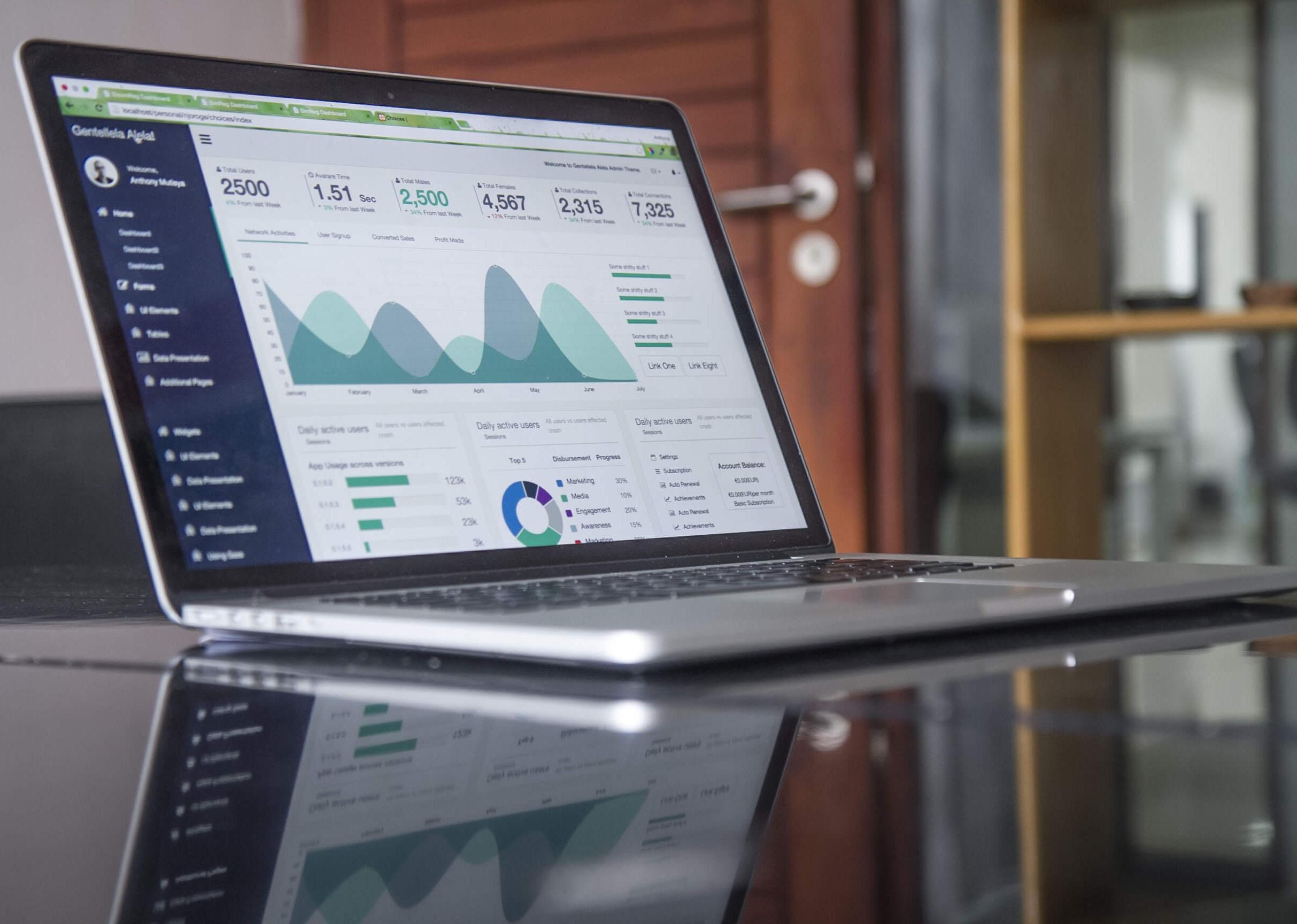Improving Business Processes
Measuring and enhancing performance is an important component of tracking a company’s growth and progress. As market conditions change, it’s more important than ever to keep track of and evaluate your company’s goals and achievements. Over the years of helping individuals and corporations with their Performance Improvement Programmes (PIPs), In the Business continuity consulting program I have developed a three-step process of objective evaluation and delivering the required results. These are –
- Setting Goals
- Defining Key Performance Metrics ( KPIs)
- Tracking and Measurement.
Setting goals
As a business growth consultant, one must go for improving business processes and evaluate the company’s general direction as well as the strengths of the people on the team. First, determine the areas where you might be able to set goals. Then, decide which regions are the most important. While setting goals I take into consideration the individual’s, team’s, and organization’s objectives since the goals are different for all of these.
Depending on the objective, I set goals for the organization’s business forecast, new professional skills or experiences, improved education, or improvements in other elements of a person’s life, for example – It’s critical to identify particular areas where you may set a goal that will help you achieve long-term goals. Once the goals are set, it’s important to understand the drivers behind these goals. Answer questions like – What will motivate a person to achieve these goals? This will assist you in giving the individuals or the companies the guidance they require. Make sure the objective is something you and others are both excited to achieve.
Read More: What Is Business Performance Management?
Defining Key Performance Metrics
A Key Performance Indicator (KPI) is a measurable indicator that shows how successfully a company or an individual is meeting its stated goals and objectives. At this step, I define how will we measure and document the success of the PIP and make required changes on the basis of monitored results. Hence it becomes very critical to set up the right KPIs.
For example, if one of the objectives is to deliver outstanding customer service, we could use a KPI to track the number of unsatisfied customer support requests at the conclusion of each week. This will be used to track the progress toward the goal. Hence, the KPIs selected must reflect the proper activities for each business unit. A standard KPI for an organization’s financial performance is net profit. It’s simple to figure out (total revenue minus total expenses), and you already know that the greater it is, the better the company is doing. Others might be more difficult to estimate.
Once the KPIs are set keeping in mind the overall business and department process, Plan how you’ll collect the data you’ll need depending upon the KPI. Net profit, for example, necessitates a separate collection of data and access to other systems than customer happiness.
Most importantly, determine who will collect the data and how often it will be collected. Sales data, for example, can normally be obtained daily, whereas KPIs that need data from multiple sources may be better measured weekly or monthly.
You’ll also need to double-check the data to make sure it’s correct and meets all of your KP’s standards.
Improving Business Processes, Tracking, and Measurements
Organizations and individuals that track their performance can improve the efficiency of their personnel and the efficiency of their operations. Given the multitude of inputs and outputs that a company processes, it can be difficult to know what to track. Managers and individuals can use some basic tracking strategies to assess employee and organizational performance.
Once the goals are set up and KPIs are defined, the next stage is tracking and measurement. The length of this phase will differ for different processes and plans depending upon the organizations and departments. For example, in the case of PIP for a department, managers can use standardized performance review sheets to track employees’ and their subordinates’ achievements and progress toward operating objectives over time.
Performance evaluation sheets are subjective in nature, but they are a useful tool for tracking performance and can be recorded on paper or electronically. Peers frequently have opinions about their coworkers’ performance, which has led to the implementation of peer assessments in several organizations. I have used this technique as well and it has proved really beneficial while assessing the health of a department.
The outcome of this step defines the success of the plan put in place. According to these outcomes, the next steps are planned for the individual or the corporation. While the development process of PIP may differ according to the complexities of the business or requirements and objectives at the organizational or individual level; my steps to approach the plan remain these three. If you are looking to create a performance improvement plan for your personal short-term goals, I would suggest trying out these three steps and monitoring the results. However, there’s no substitute for an expert in any field.



